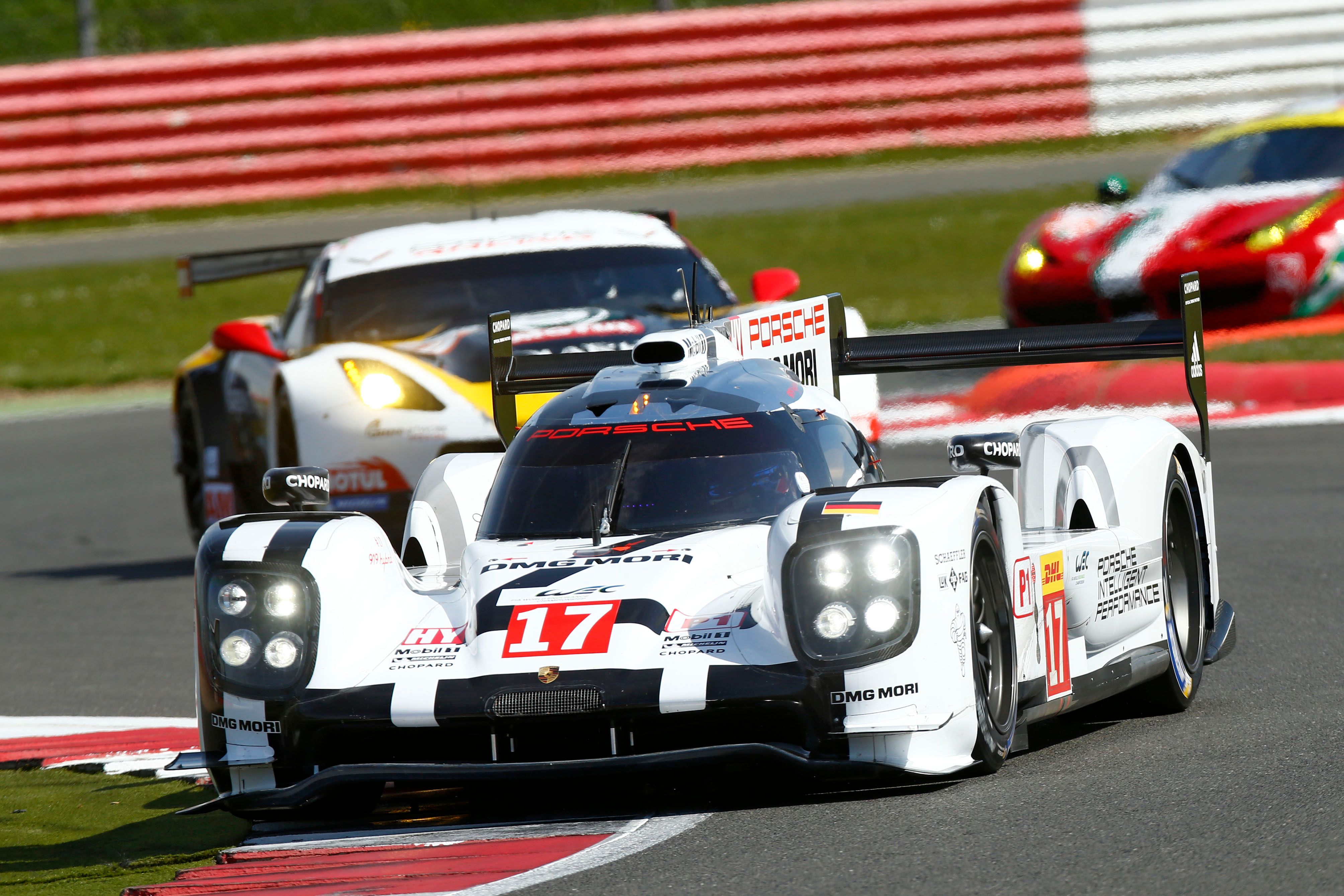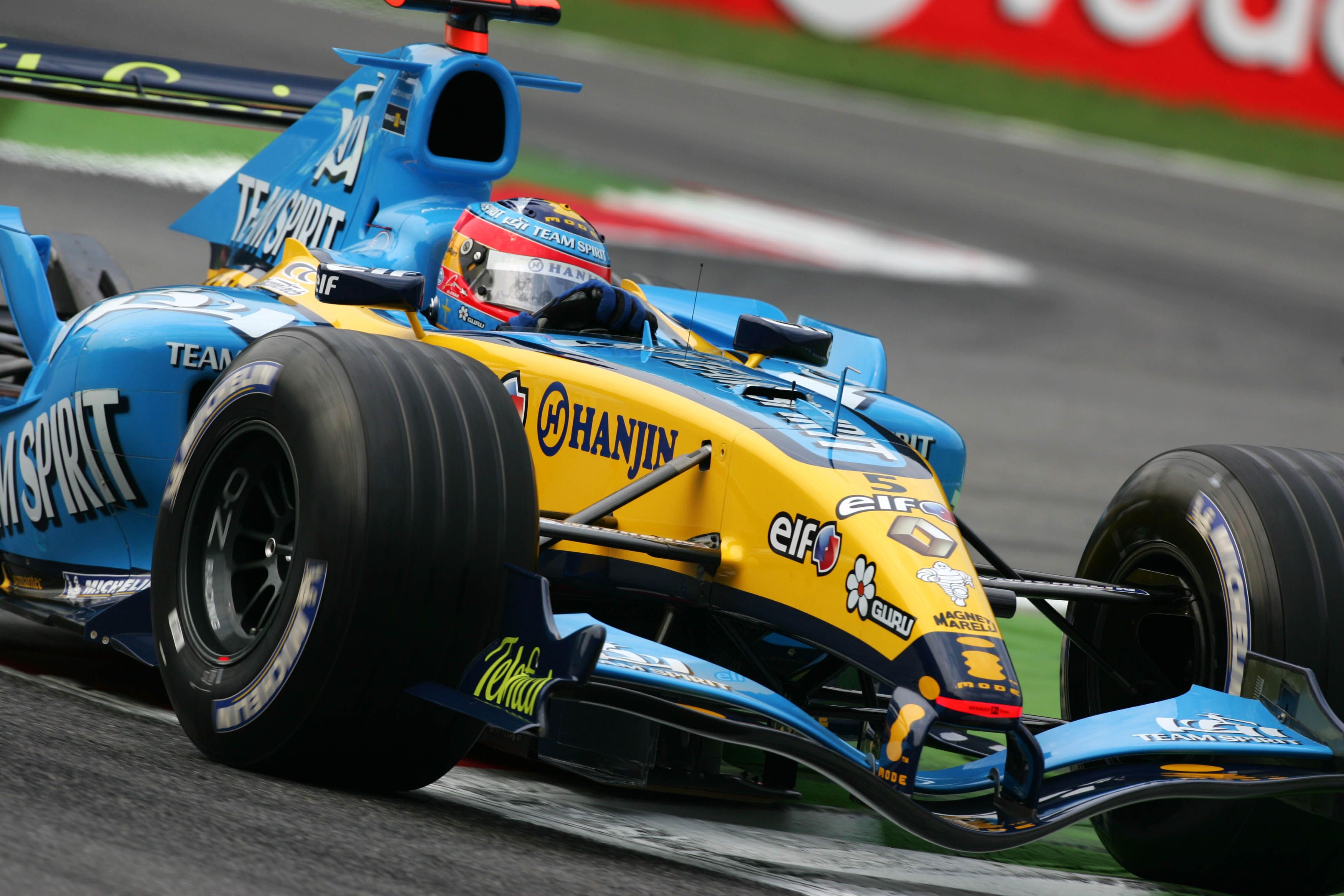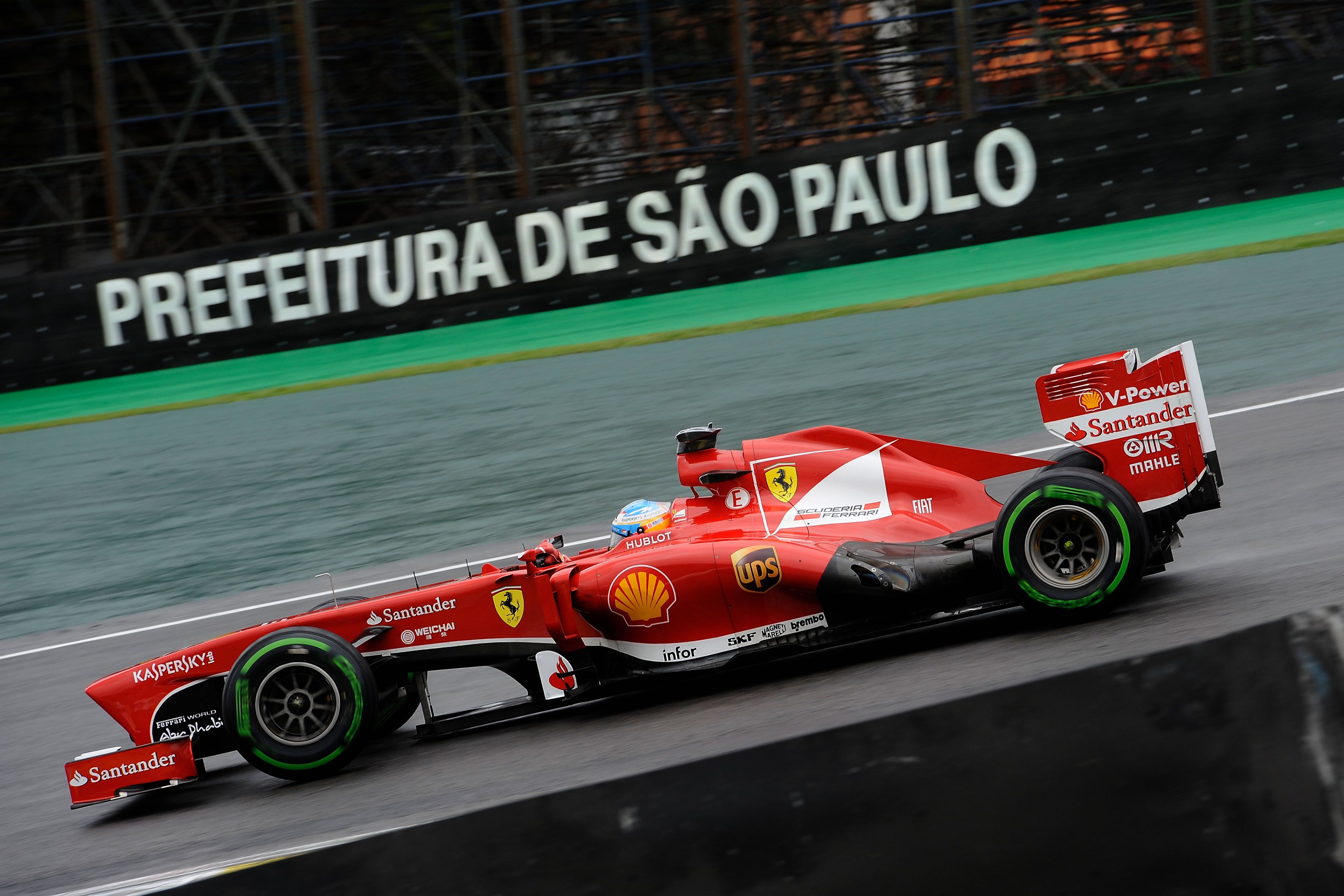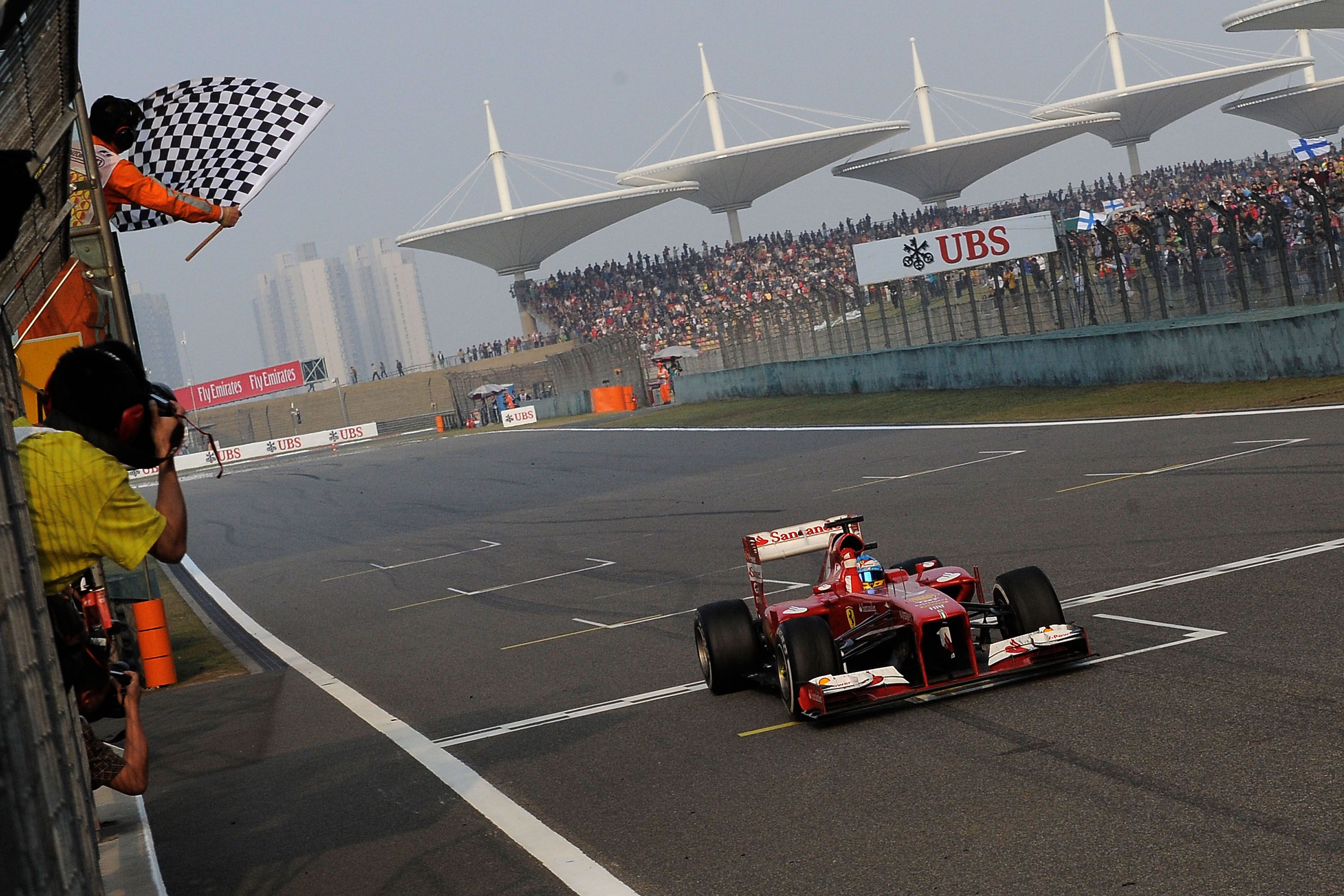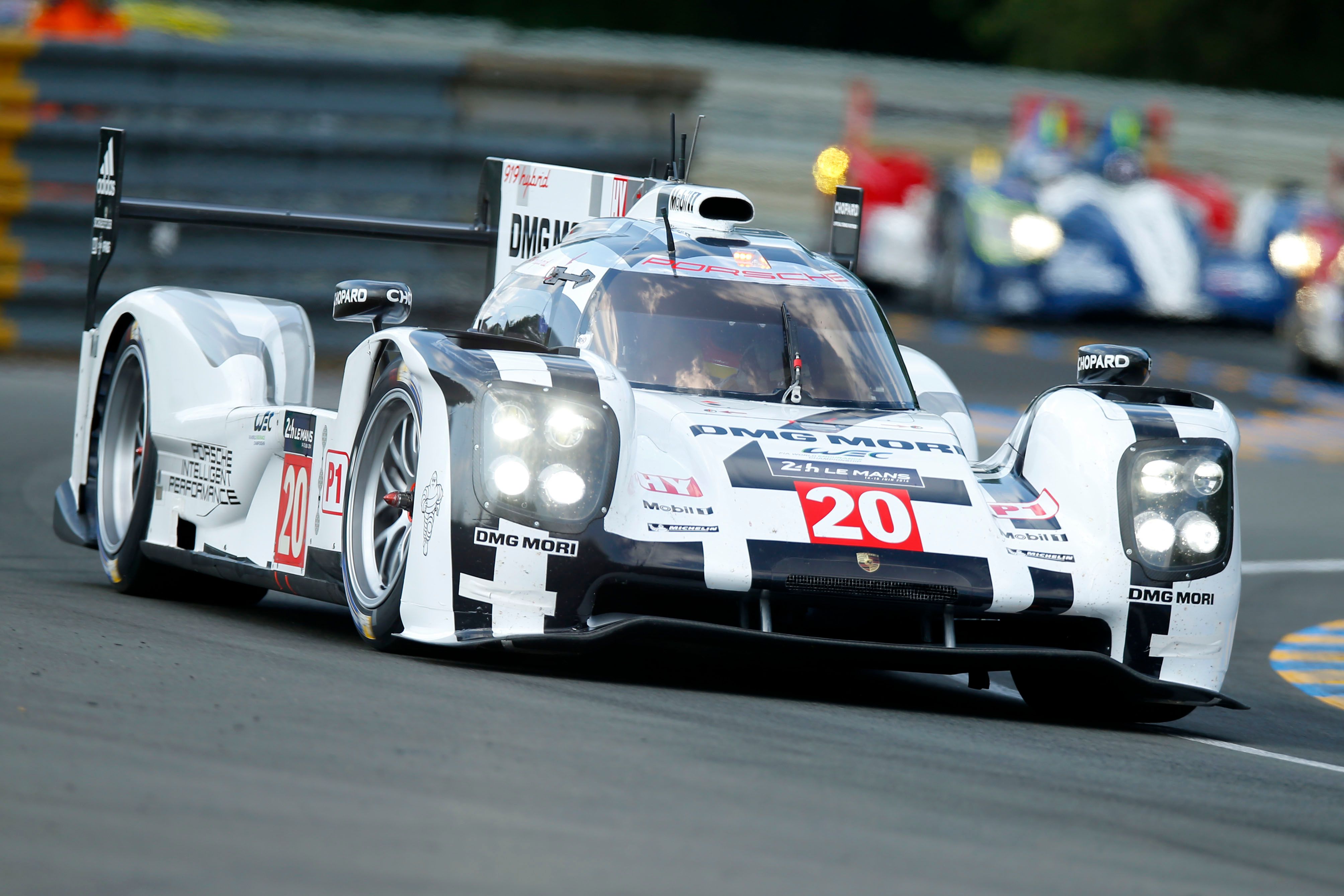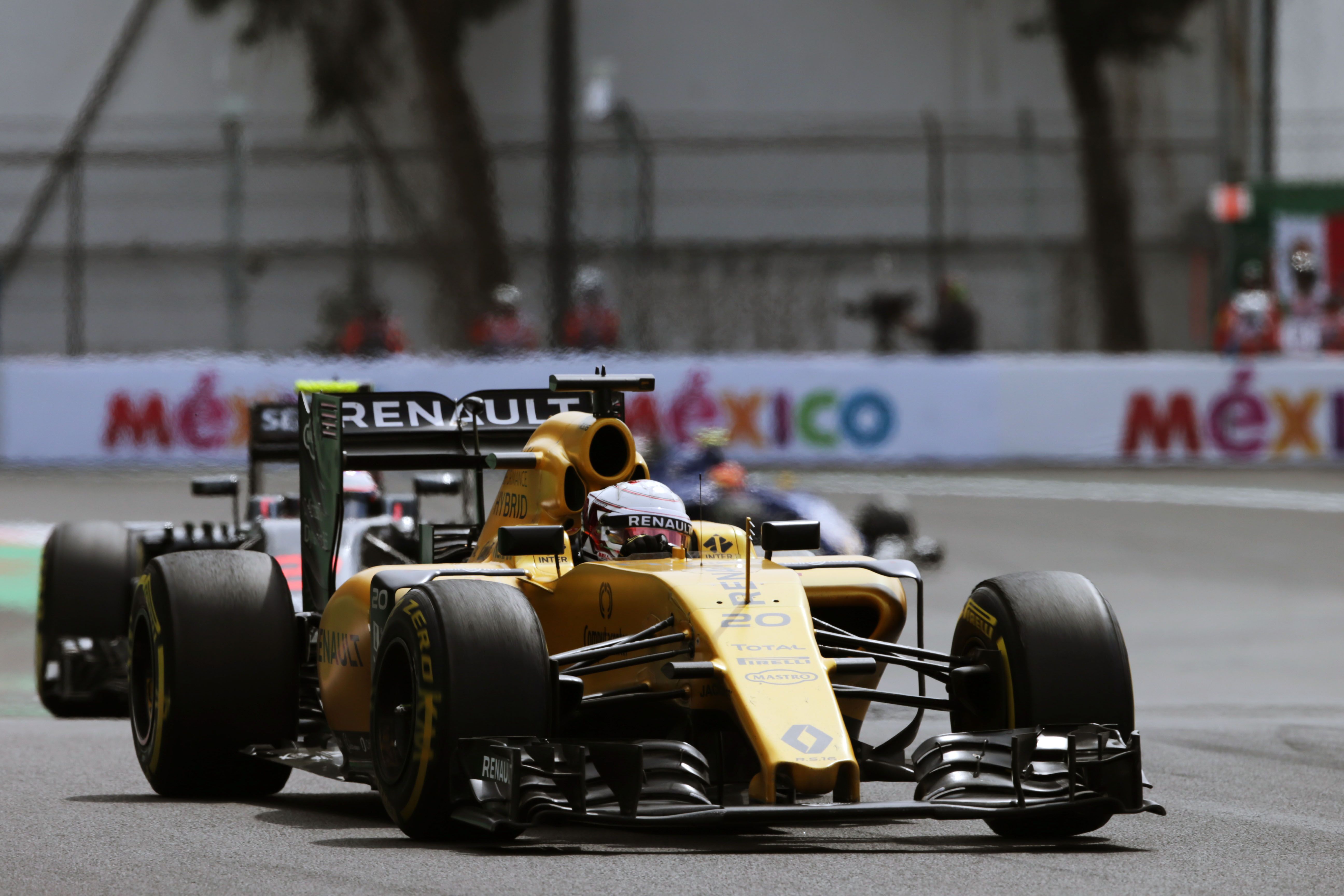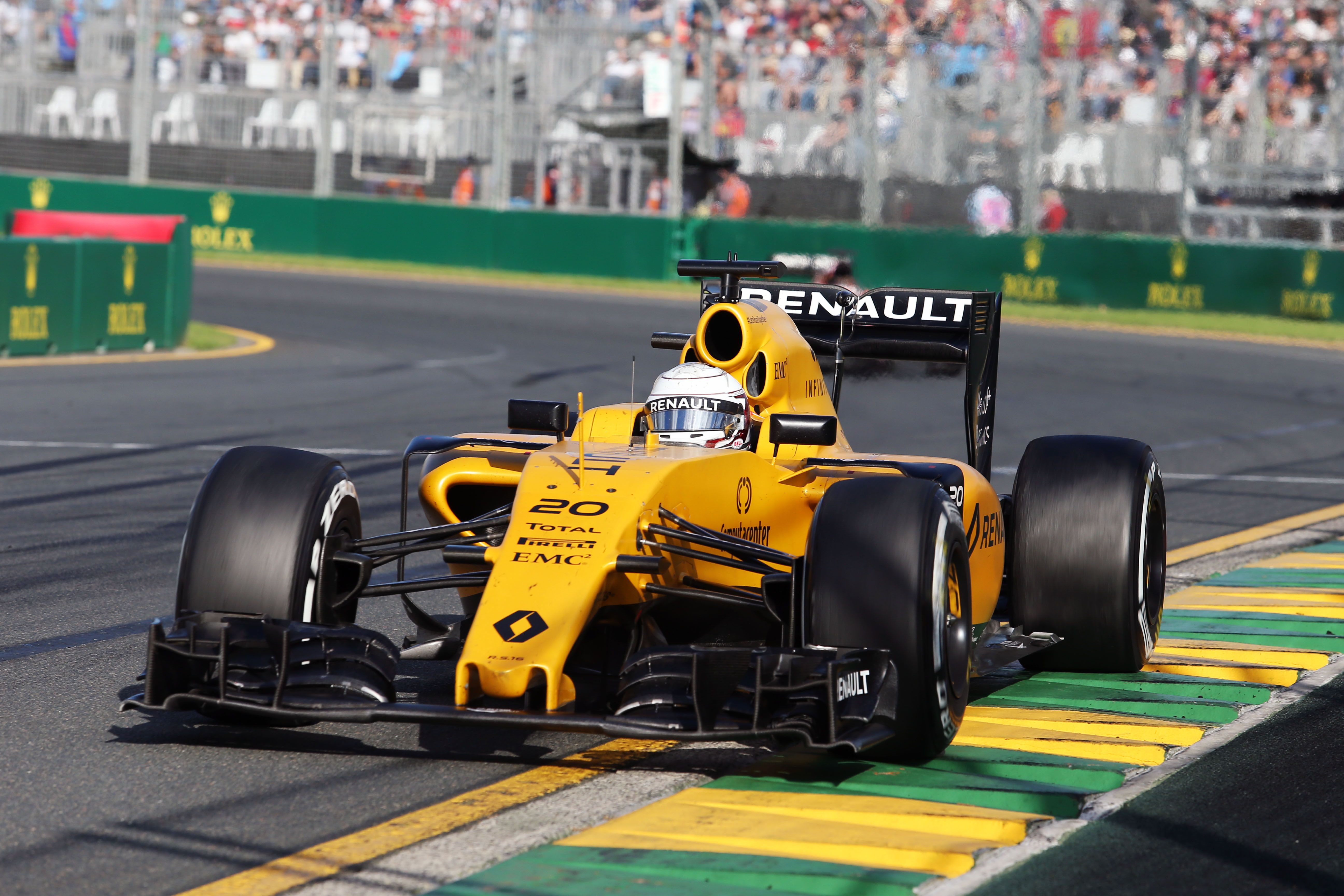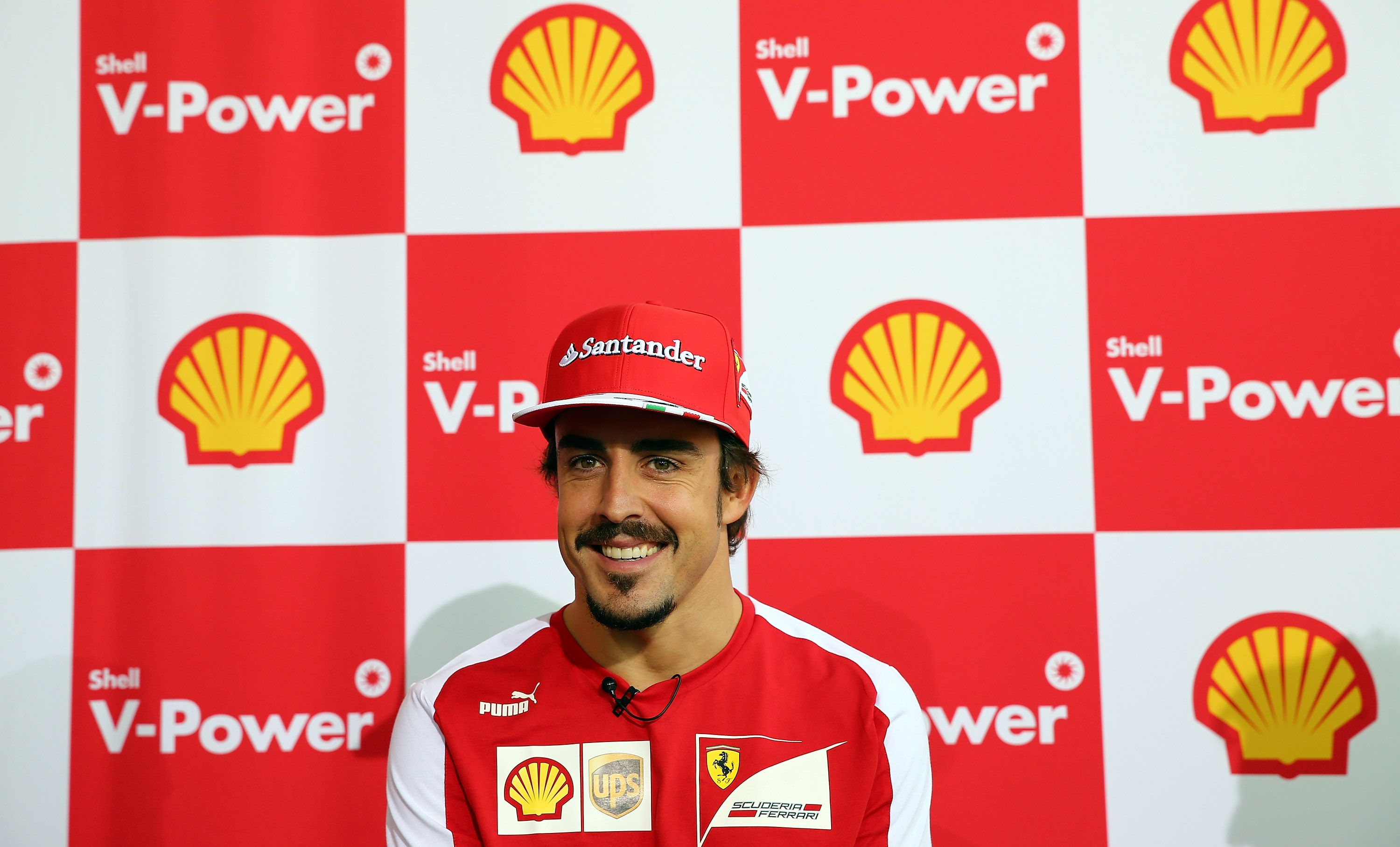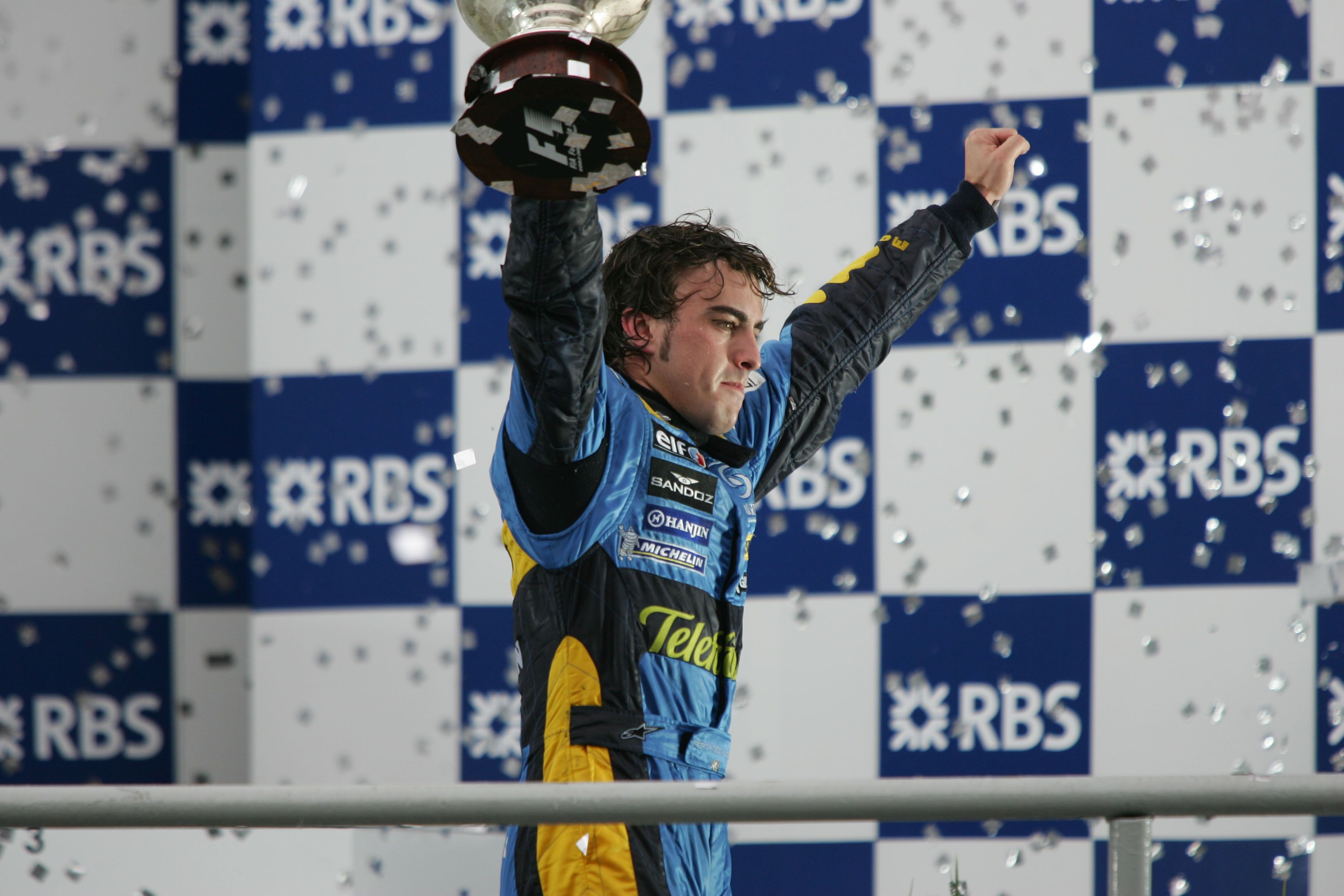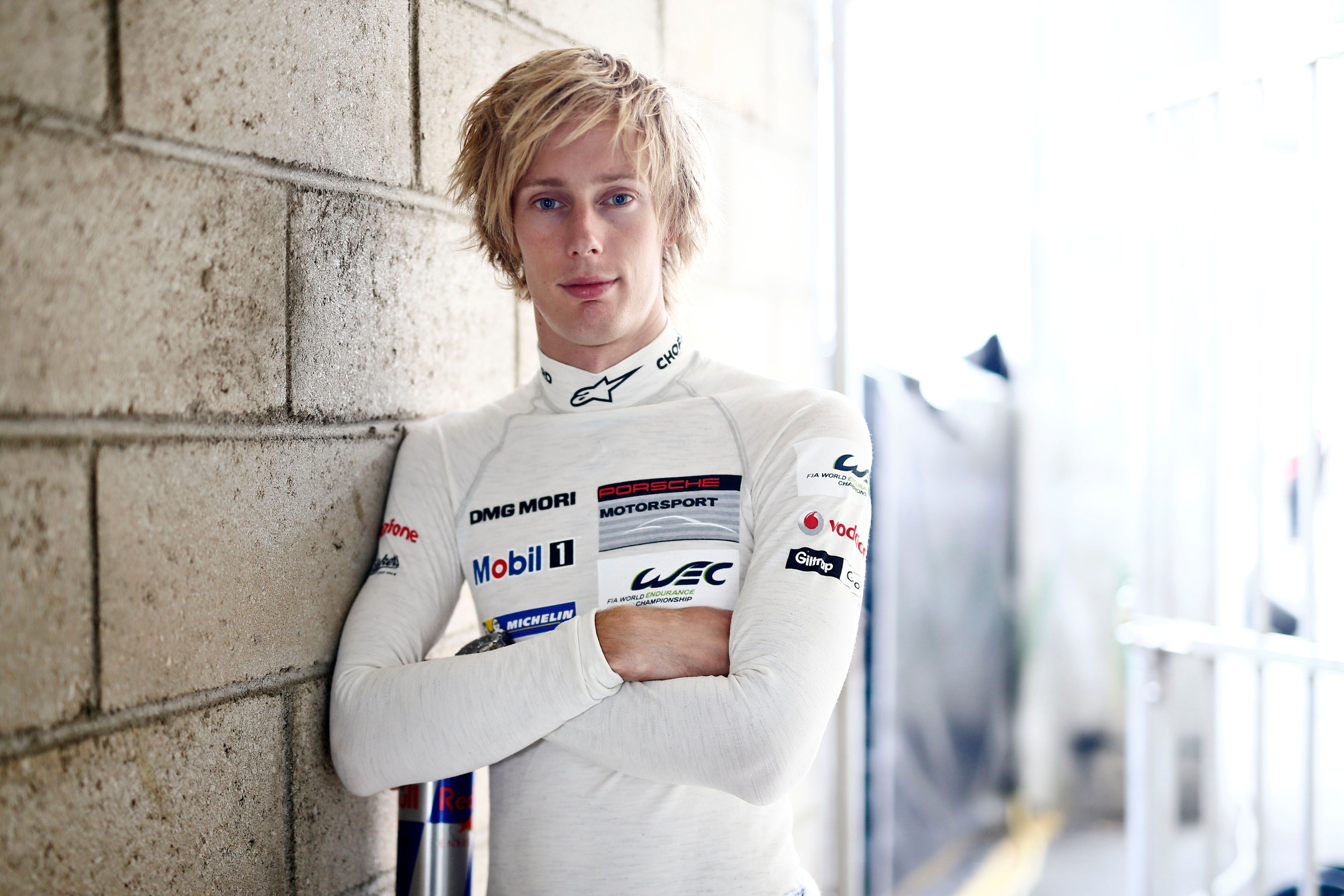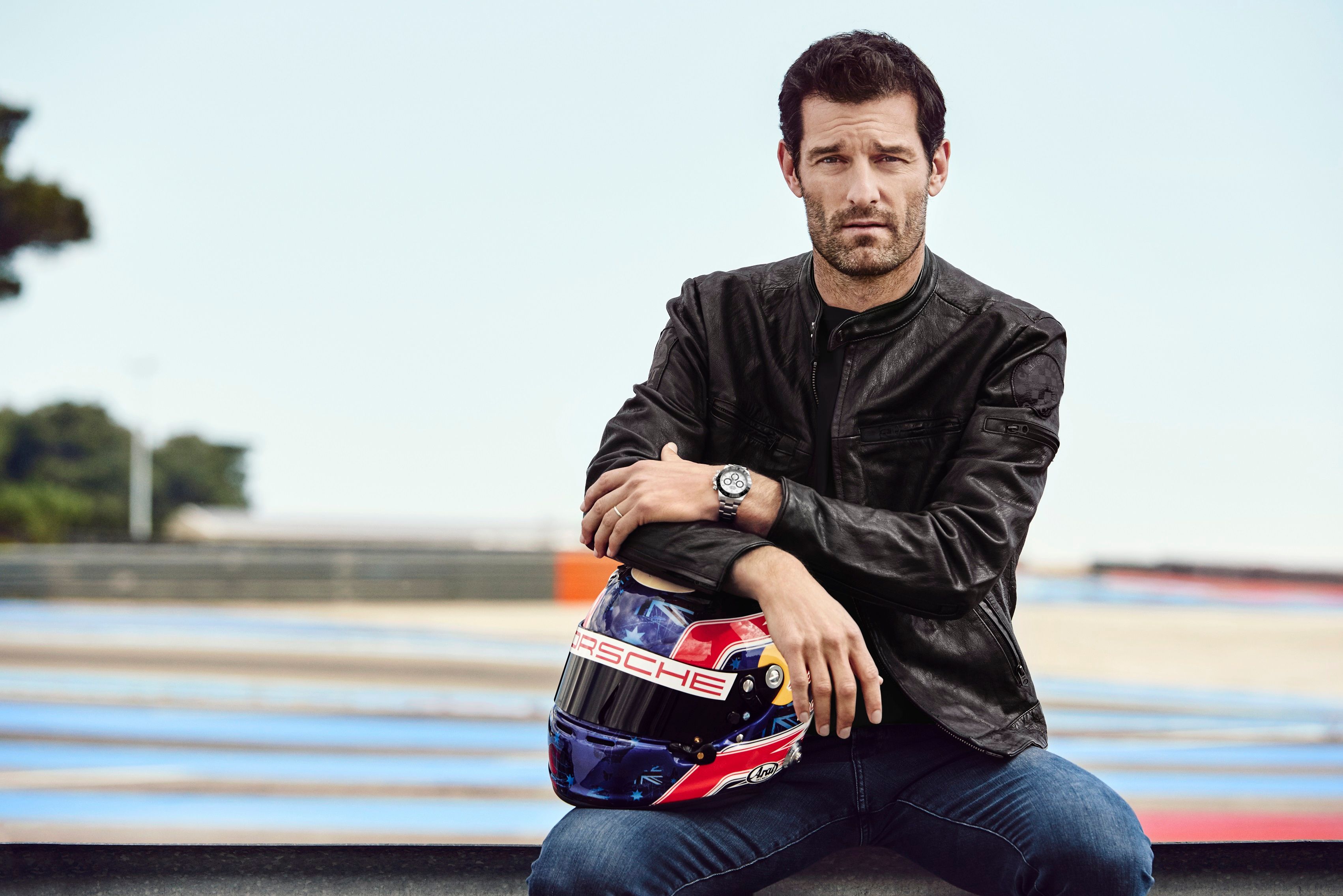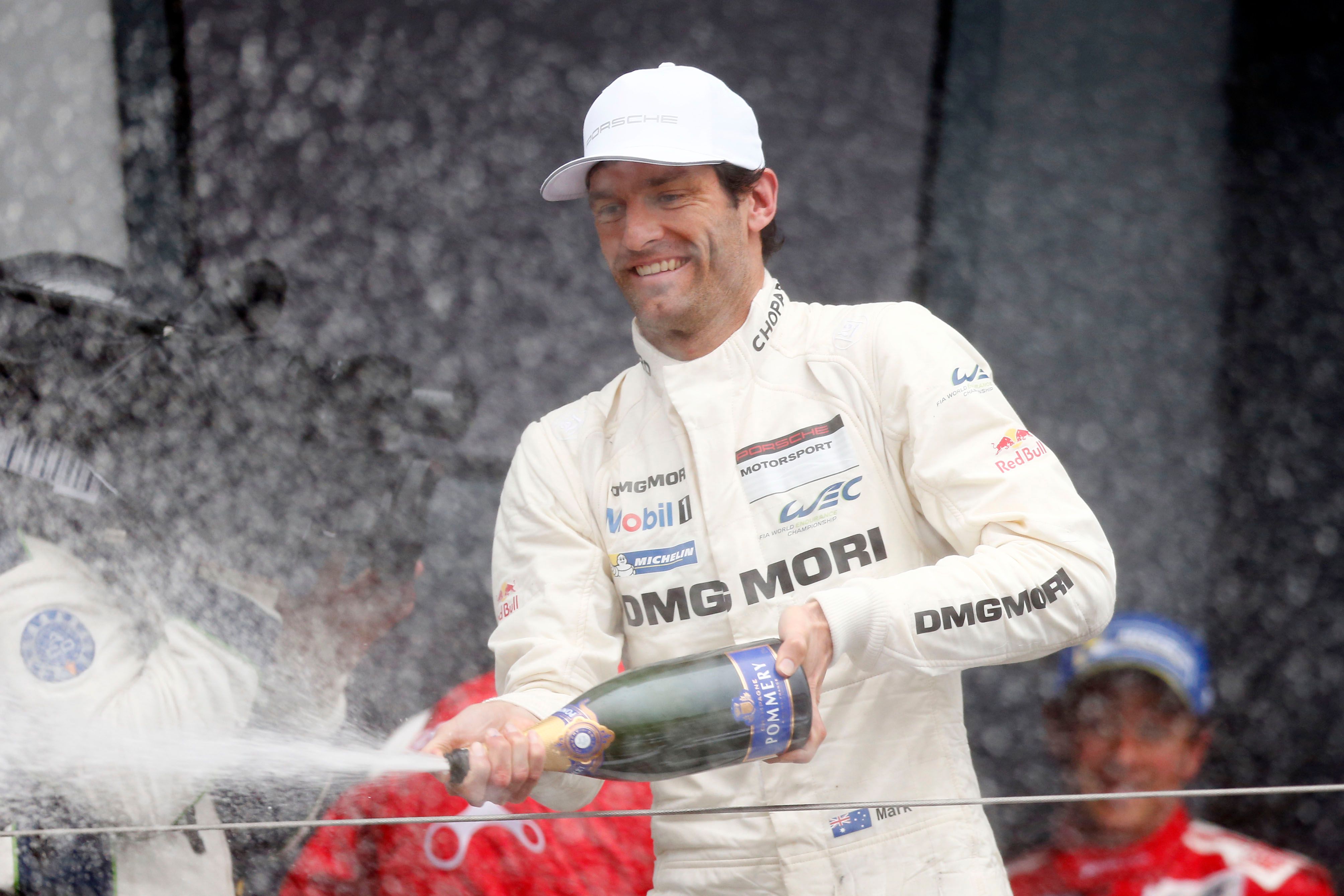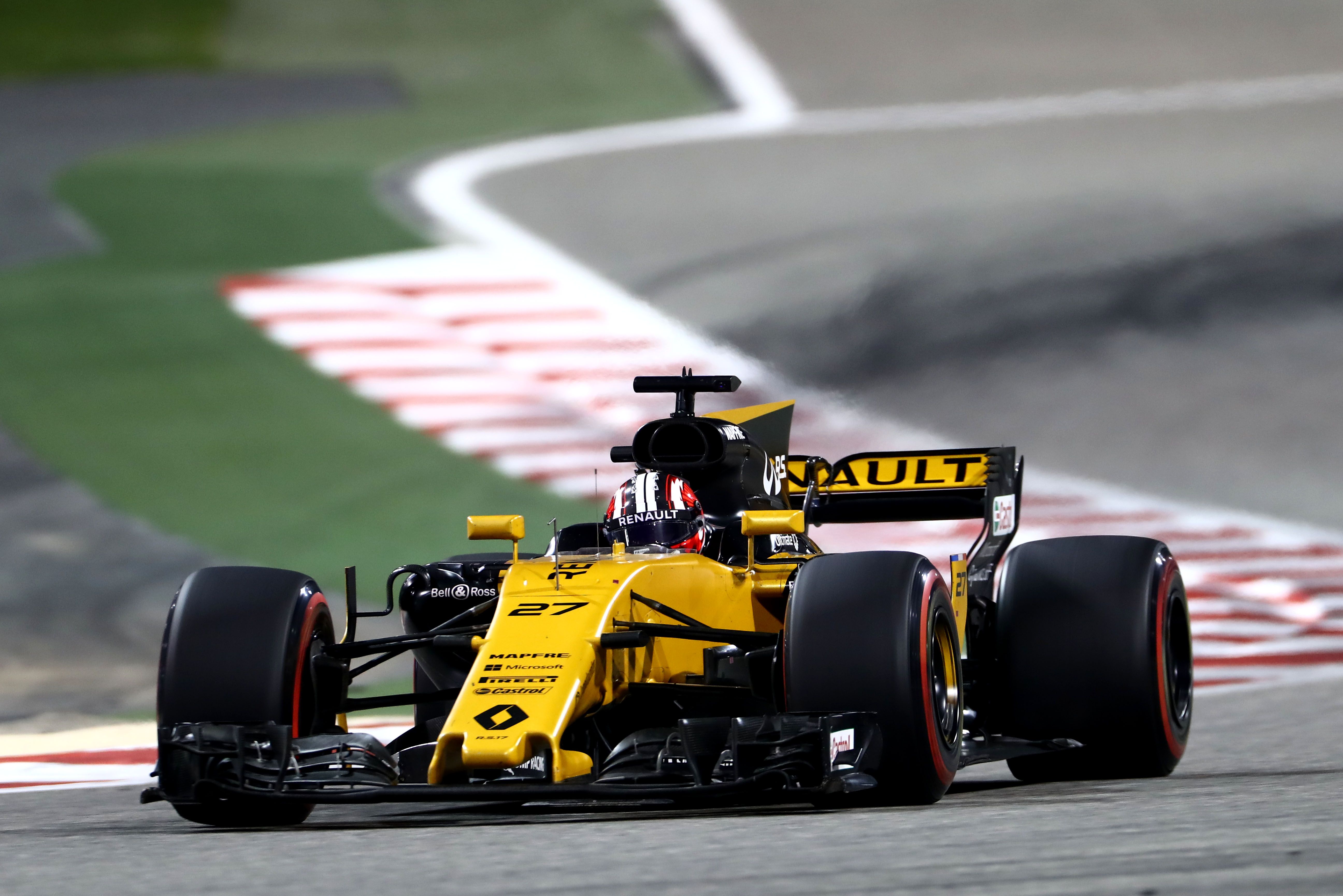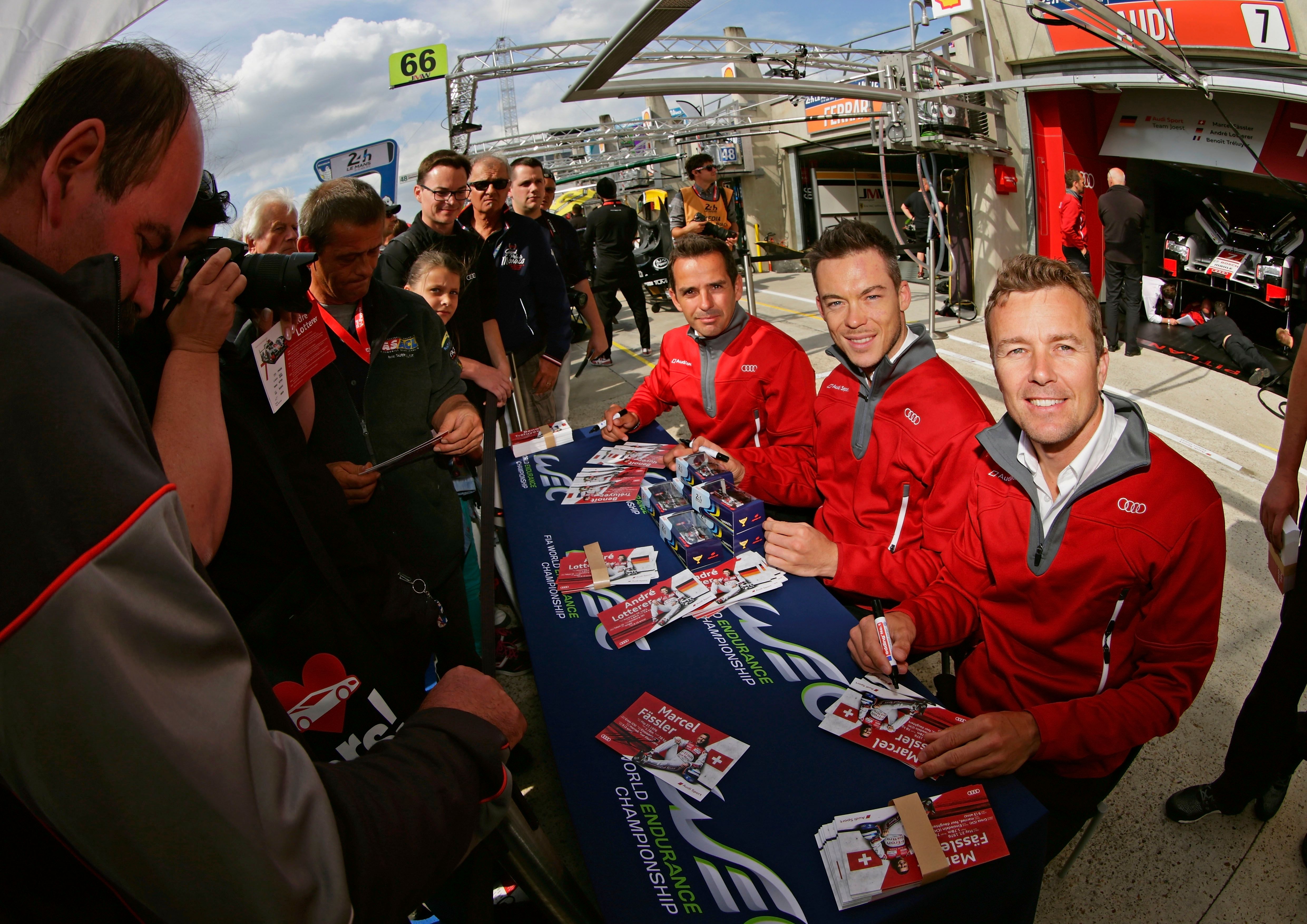Kevin Magnussen, son of F1 prodigy and former Corvette Racing stalwart Jan Magnussen, is now a former F1 driver himself. As the Dane embarks on a new adventure together with Chip Ganassi Racing, we look at how F1 drivers have gauged their experiences away from the haloed world of Grand Prix racing and into top-level sports prototypes. Alonso, Button, Hulkenberg, and more have their say.
Cross-overs between F1 and Le Mans are rare nowadays
You mustn't turn the clock back more than four decades to find yourself in a world surrounded by F1 stars who would routinely jump out of their harrowingly fast open-wheelers to jump in similarly fast machinery the likes of which you'd see in the World Sportscar Championship. Both of those series have survived to this day, although the WSPC is now known as the World Endurance Championship or the WEC. However, what you don't stumble upon nearly as often as in the '70s or '80s are drivers who compete in both of these strikingly different disciplines.
Back in the days of cross-ply tires, driving a whole litany of cars over the course of a racing season was seen as the norm with all-time greats like Jim Clark, Mario Andretti, A.J. Foyt, or Vic Elford routinely switching their F1 cockpits for the wooden dash of a touring car and, perhaps, the cocoon-like atmosphere within the guts of a close-cockpit prototype. You don't see guys or girls doing that nowadays which makes each of these cross-overs all the more interesting when they do occur.
The reasons behind this shift towards ultra-specialization are many. For starters, an active F1 driver has to deliver his A-game over a 22-race season whilst merely a dozen counted towards the world championship 40 or so years ago. Moreover, as cars have become utter sponges for everything that's techy and complicated they've also become harder to get to grips with.
That means you need more time to acclimatize with an entirely different discipline than you would back in the so-called 'golden days' of racing when it was all a lot more raw. The italics are there because, well, there's a lot more to it than just that but that's basically it. You don't want to leave your fancy F1 office to do a touring car race unless you know you can be competitive straight out of the box and that's simply not possible in 2021, no matter how much pure talent you hide between the cheeks sustaining that PR-friendly smile.
And that's the thing, PR requires you to be picture perfect every time the lenses spot you. The lenses are followed at all times by the eyes of your backers who also don't want you to get hurt and miss a Grand Prix, for instance.
He was battling for the lead with the great Jacky Ickx and, while the Belgian had long since retired from F1, Bellof was a GP regular driving for Tyrrell. A much-lamented move to Ferrari thus never materialized and team owners finally got the memo, Martin Brundle being one of the last who was able to balance both his sportscar and his F1 duties at once.
The guys that do it
Having said all that, there are some exceptions to the rule as well as some Grand Prix aces who decided to switch to sportscars the minute they ended their F1 tenure. These guys aren't bottom-feeders to say they quit F1 for a chance at being towards the front at Le Mans with Fernando Alonso or Jenson Button being among the select few that have made the switch.
Last but not least, Denmark's Kevin Magnussen has embarked on the same road away from those "easy to drive" F1 cars. As such, we went out and searched what all of them had to say about the transition in order to put these two very different universes in a new light.
Kevin Magnussen - 7 Seasons in F1
Kevin Magnussen is just 28 years old yet he amassed no less than 119 starts in Formula 1 driving for McLaren, Renault, and Haas. While the last few seasons spent together with Gene Haas' American F1 outfit have been disappointing for the Dane, he did emerge as a potential future world champion as he grabbed a podium on his debut finishing second in the 2014 Australian GP ahead of the much well-versed Jenson Button who also happened to be his team-mate.
Following Haas' decision to shake up its lineup ahead of the 2021 season, Magnussen was left looking for a new job and he found one in America as the unlikely partner to Renger van der Zande in Chip Ganassi's return to sportscar racing. It meant Magnussen would switch from a 960-horsepower hybrid F1 monster to a 600-odd horsepower LMP2-based prototype made to look like a Cadillac. It seemed like a painful demotion for someone who always shone when the car was right in F1.
However, that's far from being the case for Magnussen, the son of former Corvette Racing stalwart Jan Magnussen who, back when he showcased a full head of hair, had also raced in F1. Jan's F1 path got jammed a lot quicker than Kevin's and, just like in the case of his old man, jumping into a top-flight prototype proved to be satisfying right off the bat.
For starters, Chip Ganassi returned to IMSA's Weathertech Sportscar Championship off the heels of a lucrative deal with GM that would see CGR run a fully factory-backed Cadillac DPi. That in itself meant this Cadillac seat was the best Kevin could ever dream of getting and then there's the fact that the Cadillac is the best DPi out there.
Magnussen described the move as a "dream come true," saying that he had "just missed the sound and the smells, and the looks of the car." A car which he argued, following his first test with the team, was "real race car again – I really think I’ve been driving an airplane, basically, for the last six-seven years."
When pressed to described what made his F1 office feel like that of a jet, he simply said that, while the sheer performance an F1 car gets to is impressive, "it lacks a little bit of, like, soul. “I don’t know how to put it. There’s something missing. F1 used to have that more, I think lately they’ve lost a bit of that," the Dane said.
He also lamented about the way the FIA has pushed to harmonize every aspect of every track going as far as mandating a spec curb that you find at every track, making them all feel very similar if not identical. "All the tracks become, like, the same. And the character gets lost a little bit, and I think when you come here, at Sebring, there’s no track that has character like this one," he underlined.
In his first race for the team, Magnussen experienced the most grueling event on the IMSA calendar, and the fact that his grey beast was there to fight for victory up until a puncture thwarted van der Zande's assault with minutes to spare surely made Magnussen smile. Sure, he'll have to wait 12 months before he can have another crack at winning that coveted Rolex watch given to the winners of the 24 Hours of Daytona but now, at least, he's in a car he can win in. Moreover, he'll be in a car capable of victories in the WEC too as he's been signed by Peugeot to headline the French automaker's return to Le Mans with an LM Hypercar in 2022.
"Driving a car that isn’t just all aero, there’s some weight transfer you can play with, the bits you’re working with on the set-up of the car, it's in a way more mechanical than it is in F1. It’s a little more back to basics, a little less refined, which I enjoy quite a bit," Magnussen told Motor Sport Magazine, summing up the difference between his new venture and what he called the 'too perfect' F1 cars that are "very predictable and easy to handle if you can overcome [the speed."
Fernando Alonso - 17 Seasons in F1 and counting
The Spaniard, who'll return this season to Grand Prix racing at the age of 39 at the helm of an Alpine (previously known as Renault), is the one who toppled Michael Schumacher's dominance in the mid-'00s and also the one who was instrumental in Toyota's first victory at Le Mans, in 2018. A victory in the 24 Hours of Daytona followed for Alonso in 2019, the same year that he sealed the FIA WEC Drivers' title.
He was also close to a really impressive finish in the Indy 500 back in 2017 - when he was racing full-time in F1 - and hasn't ruled out a return to Le Mans and the WEC although he has most recently starred in the Dakar Rally. All of this proves Alonso's ability to be fast in just about anything but, as his return to the bustling world of F1 at the age of 40 (and with little, if any, left to prove) shows, his heart remains closest to the wildest open-wheeled race cars in the world.
Alonso first started in a 24-hour race back in 2018 when he shared a United Autosports-entered LMP2 Ligier with Lando Norris and Phil Hanson. The former is now an F1 driver too after a rapid rise through the lower formulae landed him a seat with McLaren, a team whose boss is Zak Brown, the American half of United Autosport's ownership duo. Lando was even more impressive than 'Nando that day (and night) at Daytona but it was the Spaniard who, in 2019, raced for both Toyota Gazoo Racing (in the FIA WEC) and McLaren (in F1).
"I struggle a little bit more when I go from Formula 1 to the WEC car, just because the driving styles are so different," said Alonso, quoted by WTF1.com. "I think when I come back here I don’t need any adaptation. I’m straight away comfortable with everything. It’s what I learned and my driving style developed for Formula 1 driving," he added.
Comparing the two disciplines, Alonso had this to say about F1: "You need to maximize, you need to make perfection every lap and repeat that perfection over and over the laps. That’s Formula 1’s style," whereas endurance racing is more about being "super-flexible, and super-open-minded on everything. You will not repeat the same lap in six hours. You will find traffic in different places, you will have different conditions, you will have different tires age, you will have everything."
However, the 40-year-old did find one similarity between the WEC and F1, namely the supremacy of one team over all of the rest. During his brief spell as a Toyota factory driver, the hybrid Japanese cars were head-and-shoulders above the so-called privateer LMP1 cars that lacked the helping hand of a hybrid system. The situation saw many argue that Toyota's world title run felt hallow (the situation repeated itself throughout 2020, mind you). Alonso disagreed saying that "It was Audi against Audi #2, #3 or #4, and it was a fantastic race, a fantastic championship. I don’t know why now it’s not a fantastic championship."
This situation, Alonso reckoned, is "same as Rosberg and Hamilton, or Bottas and Hamilton, there is only one car that can fight for a championship. Same as Webber and Vettel, or Barrichello and Schumacher." Moving away from this perceived similarity, Alonso told Motorsport.com that, on the one hand, his WEC title is a greater achievement than his pair of Le Mans victories but that even the title isn't comparable to winning in F1 in '05 and '06 because "F1 is the biggest category in motorsport. That’s the way it is."
Brendon Hartley - 2 Seasons in F1
Hartley was first picked up by the Murphy Prototypes team which, at the time, was campaigning an LMP2-spec ORECA 03. This was all the way back in 2012 and it was a string of impressive performances aboard that green-and-white machine that brought Hartley onto Porsche's radar as the German automaker geared up for a full-fangled return to the top prototype class in 2014. Two FIA WEC titles followed during his tenure as a Porsche driver, his champagne-filled 2017 season also including a victory at Le Mans. Three years later, in 2020, Hartley returned to the top step of the podium at Circuit de la Sarthe, albeit in Toyota-branded overalls.
In between these two wins, Hartley was able to shoehorn a 25-race F1 career. He first filled in for an absent Pierre Gasly at the 2017 US GP at COTA where he finished 13th. A few luckless races followed but his full-season campaign in 2018 was much more fruitful with Hartley scoring four points en route to 19th in the final standings. While the figures might not sound impressive, you must remember the Toro Rosso wasn't as good a car as the (re-named) AlphaTauri is now. Mediocre as it may have been, the Honda-engined Toro Rosso did allow Brendon to compare the WEC's P1 class to F1.
"The biggest difference in driving the two cars is that in LMP1 we had four-wheel-drive , while in F1 we have close to 1000bhp all going through the rear axle of a car that weighs less than 800kg," he told Autocar Magazine back in 2018. "Those are impressive numbers and a lot to manage through your right foot."
"The 919 Hybrid had huge acceleration due to the four-wheel-drive: the initial thrust out of corners was incredible. But a modern Formula 1 car, no question, is the quickest race car in the world," Hartley underlined. This is indeed true, the stopwatch showing the multi-second gap between the two formulas at the places both series visit. Take Spa, for instance. Back in 2017, the last for Porsche in the WEC, Hamilton's pole-sealing Q3 time was an impressive 1:42.553. Meanwhile, on an equally dry surface, the Porsche 919 couldn't dive below 1:54.097 and the gap has increased since then and will keep going up and up as the new-for-2021 LM Hypercars are decidedly slower (as per the ruleset) than the old P1 beasts.
Hartley said that the speeds achieved by an F1 car through the fast corners are what set these multi-million-dollar objects of lust apart from anything else. "The first time going through the first sector of , my neck wanted to be ripped out from left to right," the Kiwi recalled. Speeds through the twisty stuff are important because tires in modern F1 are designed to degrade quicker to aid the show. This has proved time and time again to not be the case but Pirelli's still instructed to make these ultra-sensitive tires which, Hartley says, is an entirely different ball-game to the take Michelin has on its endurance tires that have to last multiple hours. "Getting the most out of an F1 tire is very complicated, so we’ll have long meetings – hours on end – just on tires."
The pressure is also different, many hailing sportscar racing as more of a team game than F1 where, as Hartley puts it, 'you have to be a bit more selfish'. There are three drivers sharing a car at Le Mans and at places like Dubai or the Nuerburgring you often have up to five people going in and out of the same car during the race. "I’m still a team player, but in F1 your time becomes quite precious. The environment is mentally draining: there’s a huge amount of pressure, and I’ve realized I have to find time to think a little for myself," Hartley said.
Mark Webber - 12 Seasons in F1
Mark Webber is considered amongst F1 as a 'nearly man', someone who had the talent needed for an F1 World Drivers' Champion crown, but that was never quite able to climb the mountain. He came agonizingly close in 2010 when he battled until the very end with team-mate Sebastian Vettel and Ferrari's Fernando Alonso. In the end, he was third in the standings some 14 points behind his German Red Bull team-mate who went on to take the title over the next three seasons before tanking at Ferrari.
In spite of his rich F1 career spanning over a decade, it was in the world of sportscar racing that Mark Webber first made his mark. As part of the dominant Mercedes-Benz team, a young Webber shone alongside such talented wheelmen as Ricardo Zonta or Bernd Schneider, often while partnering veteran Klaus Ludwig. While the CLK-GTR and CLK-LM, both cars built to the FIA's GT1 regulations, were title-winning masterpieces, it was a Mercedes product that made Webber vow to never return to Le Mans.
One year after an embarrassing double retirement caused by rare engine issues, Mercedes-Benz brought to the La Sarthe valley two new cars dubbed the CLRs. Thinly veiled prototypes, they'd be thrown in the GT-Prototype class alongside Audi's R8 Coupe and Toyota's year-old TS020 GT-One.
The Australian walked away after both of those heinous wrecks (as did Peter Dumbreck) but the disdain for the discipline lingered on. Almost a decade later, in 2008, in a discussion with the New York Times, Webber argued that it's Le Mans that's the more dangerous race, a sentiment he held as being true no matter what Grand Prix you care to compare the great French race with. "We have to make sure we leave a margin for guys who have less experience, less talent, not the same equipment car-wise," he said back in 2008. "The weekend warriors make that race happen, but those guys find their limits sometimes in the race, and that's not always the best."
In that same story, Webber left it to us to understand that he won't return to Le Mans saying, "I think Le Mans has given me a message that if I walked away from there twice, I'll leave it at that." However, six years later and fresh out of F1, Webber answered when Porsche came knocking, Stuttgart's top brass armed with an enticing contract. Once the papers inked, Webber was in a position to draw parallels despite the fact that he never once won Le Mans (he came second overall in 2015 when he also took the world title).
"LMP1’s just a bit heavier ... I need to be a little bit more patient with the car, F1 car’s obviously a very light and nimble , downforce is the biggest difference," Webber told Motorsport.com in 2014. In that same interview, Mark also weighed in on the tire situation saying, quite bluntly, that "Michelin is a real racing tire, Pirelli was for show business in Formula One."
Having said that, Webber can't though pick a favorite. "They’re just different categories, I think the F1 car as a driver you want to go quick as possible, so that was the ultimate machine."
Nico Hulkenberg - 10 Seasons in F1
Back then, he was a full-time Force India (today's Racing Point) driver but the chance of racing at Le Mans made him drop his F1 overalls for a pair of Porsche-branded ones. Teamed up with two GT specialists in Earl Bamber and Nick Tandy, Hulkenberg won at the first time of asking and could boast with the fact that he was the only active F1 driver who also did P1 in the same season.
Of the two disciplines, Hulkenberg said they are completely different when quizzed about it by Chris Harris. The four-wheel-drive aspect of Porsche's hybrid 919 LMP1 sets it apart from the RWD-only F1 car, Hulkenberg also adding into the equation the traction control system that the Porsche has but that the Force India (and every other F1 car) lacks.
The lower downforce levels of a P1 car also play their part as do the added pounds (some 75 kilos/165 pounds separate the two before you add the driver and all of the liquids). At the end of the day, Hulkenberg most enjoyed the help of AWD through turns that would otherwise be tricky in an F1 car due to excessive wheelspin. And then there're the few seconds of bliss when you can engage the 8 MJ hybrid system and all of the +1,000 horsepower are pushing you along - that makes you smile, Hulkenberg unsurprisingly pointed out.
Andre Lotterer - 1 Grand Prix
German Andre Lotterer is a bit of an oddball in this company. He first did sportscar racing for years before somewhat sheepishly stepping behind the wheel of the underpowered Caterham F1 car in 2014. Sure, by then he'd amassed plenty of experience in high-downforce single-seaters as a star in Japan's Super Formula but F1 still felt different and not for the best of reasons as Lotterer would later explain.
Taking time off from winning his second SGT crown, Lotterer also competed at Le Mans in '09 for the Kolles team that operated a pair of aging Audi R10 TDI cars.
Following a freak accident during the pre-race festivities for team-mate Narain Karthikeyan, Lotterer was forced to drive half of the race as only Charles Zwolsman Jr., was left out of the three-man crew. The titanic effort, one of only a handful to be seen in the modern era when the ACO mandates three-driver crews, put Lotterer on Audi's shortlist of drivers for the 2010 season and, sure enough, he joined Marcel Fassler and Benoit Treluyer in an Audi R15 TDI soon thereafter.
His seven-year-long tenure with Audi yielded three Le Mans wins and one FIA WEC title (he was the champion of the inaugural season in 2012). Coincidentally, his last Le Mans win came in the same season when he made his F1 debut at the Belgian GP. Having previously tested F1 cars at the beginning of the century during the so-called 'V-10 Era', Lotterer was left underwhelmed by his Caterham.
As a sub for Kamui Kobayashi, Lotterer out-qualified team-mate Marcus Ericsson but retired on the second lap of the race after a mechanical problem. He was invited back to do the Italian GP but declined the invitation after the team informed him that it was Roberto Merhi who'd drive in FP1, dashing Lotterer's hopes of completing the whole F1 weekend to better understand the car.
Talking to Sky Sports F1, Lotterer said he was surprised by the car's lack of corner speed. "There is a lot more power – it would be nice to have that much power in an LMP1 car – but then in the corners, it is the opposite," Lotter said.
"I think our Michelin tires are a bit better, we can push them much harder and do over 700 kilometers (435 miles) on one set of tires and more downforce as well so you can push an LMP1 car a bit more in the corners. So that was the surprising thing, but we did come a bit low on downforce here so I expect the car to become better. But you do have to restrict yourself and apply yourself a lot," he added. It must be said, in the interest of fairness, that the Caterham was probably the slowest car on the grid that year.
The others
Beyond the names mentioned in this piece, there are many former F1 drivers that are currently active (or have been active up until very recently) in sportscar racing (check, for instance, this list made by Top Gear back in 2019) but we decided to focus on those that either did both at once or jumped from one and into the other almost immediately.

